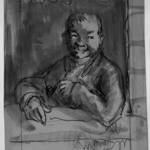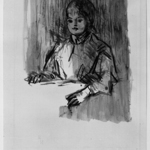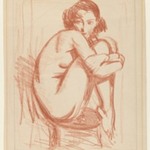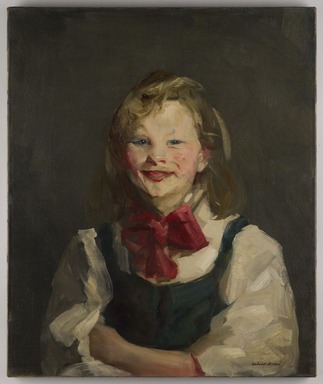
Laughing Girl
Robert Henri
American Art
On View: American Art Galleries, 5th Floor, Witness
In the summers of 1907 and 1910, Robert Henri traveled with his students from the New York School of Art to Haarlem, Netherlands, where he produced a series of canvases inspired by the children he encountered there. This lively rendering, executed swiftly in loose, broad brushstrokes, captures his sitter’s personality and exuberance. The work’s seeming spontaneity belies the extent to which the artist engaged with typing—in this case stereotypes of jolly Dutch children. The portrayal of types was largely indebted to the seventeenth-century Dutch painter Frans Hals, admired and emulated by Henri and by nineteenth-century Realists in France and Munich. Henri maintained a career-long interest in painting children, inspired by his travels abroad and in the United States.
MEDIUM
Oil on canvas
DATES
1910
DIMENSIONS
24 1/8 × 20 1/8 in. (61.2 × 51.1 cm)
frame: 34 1/2 × 31 × 4 3/8 in. (87.6 × 78.7 × 11.1 cm) (show scale)



SIGNATURE
Signed lower right: "Robert Henri"
INSCRIPTIONS
Inscribed verso, in black paint, prior to 1943 relining: "101/F"
COLLECTIONS
American Art
ACCESSION NUMBER
12.93
CREDIT LINE
Frank Sherman Benson Fund
PROVENANCE
Februrary 3, 1912, purchased from the artist via Macbeth Gallery, New York, NY by the Brooklyn Museum.
Provenance FAQ
EXHIBITIONS
MUSEUM LOCATION
This item is on view in American Art Galleries, 5th Floor, Witness
CAPTION
Robert Henri (American, 1865–1929). Laughing Girl, 1910. Oil on canvas, 24 1/8 × 20 1/8 in. (61.2 × 51.1 cm). Brooklyn Museum, Frank Sherman Benson Fund, 12.93 (Photo: Brooklyn Museum, 12.93_PS22.jpg)
IMAGE
overall, 12.93_PS22.jpg. Brooklyn Museum photograph, 2024
"CUR" at the beginning of an image file name means that the image was created by a curatorial staff member. These study images may be digital point-and-shoot photographs, when we don\'t yet have high-quality studio photography, or they may be scans of older negatives, slides, or photographic prints, providing historical documentation of the object.
RIGHTS STATEMENT
No known copyright restrictions
This work may be in the public domain in the United States. Works created by United States and non-United States nationals published prior to 1923 are in the public domain, subject to the terms of any applicable treaty or agreement.
You may download and use Brooklyn Museum images of this work. Please include caption information from this page and credit the Brooklyn Museum. If you need a high resolution file, please fill out our online application form (charges apply).
The Museum does not warrant that the use of this work will not infringe on the rights of third parties, such as artists or artists' heirs holding the rights to the work. It is your responsibility to determine and satisfy copyright or other use restrictions before copying, transmitting, or making other use of protected items beyond that allowed by "fair use," as such term is understood under the United States Copyright Act.
The Brooklyn Museum makes no representations or warranties with respect to the application or terms of any international agreement governing copyright protection in the United States for works created by foreign nationals.
For further information about copyright, we recommend resources at the United States Library of Congress, Cornell University, Copyright and Cultural Institutions: Guidelines for U.S. Libraries, Archives, and Museums, and Copyright Watch.
For more information about the Museum's rights project, including how rights types are assigned, please see our blog posts on copyright.
If you have any information regarding this work and rights to it, please contact copyright@brooklynmuseum.org.
RECORD COMPLETENESS
Not every record you will find here is complete. More information is available for some works than for others, and some entries have been updated more recently. Records are frequently reviewed and revised, and we welcome any additional information you might have.
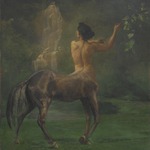
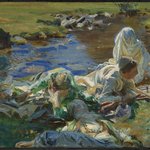

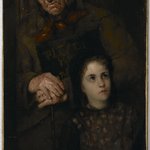

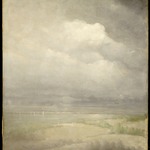
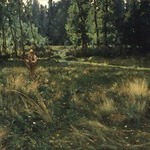
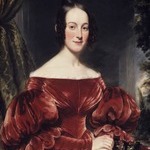
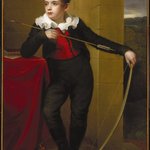
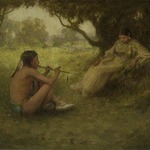
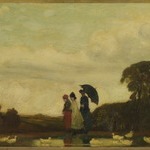
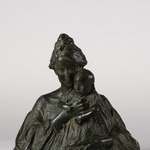
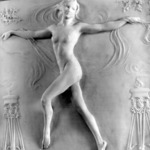

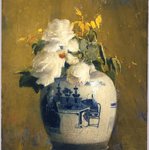
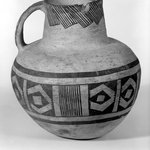
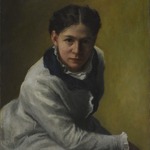
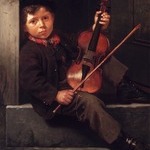
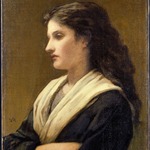
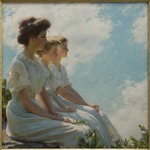
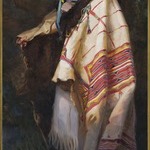


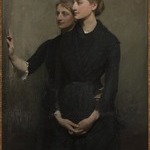
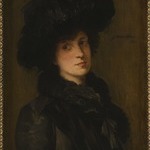

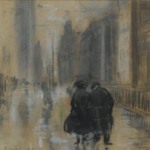



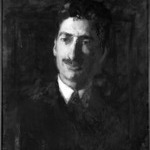
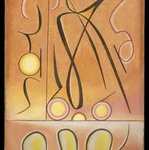

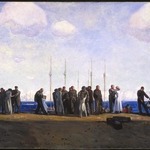
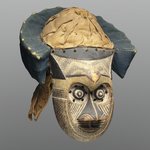

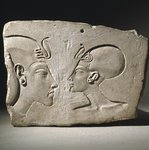
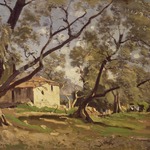
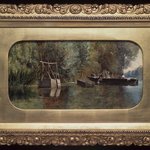

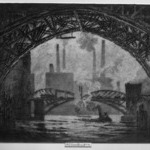



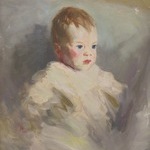
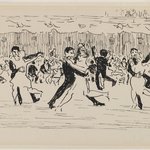
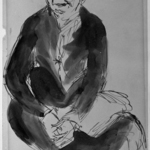
![[Untitled] (Two Nudes on a Sofa)](https://d1lfxha3ugu3d4.cloudfront.net/images/opencollection/objects/size2_sq/76.127.4_print_bw.jpg)
